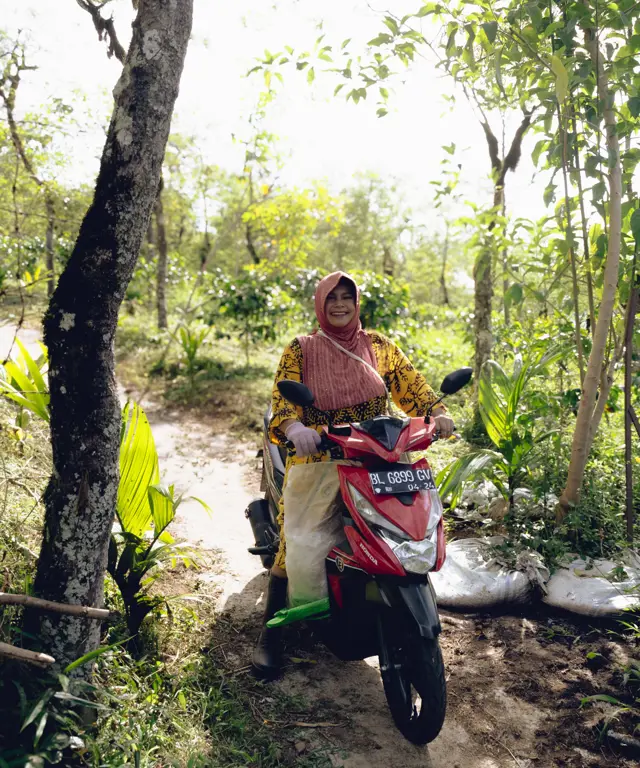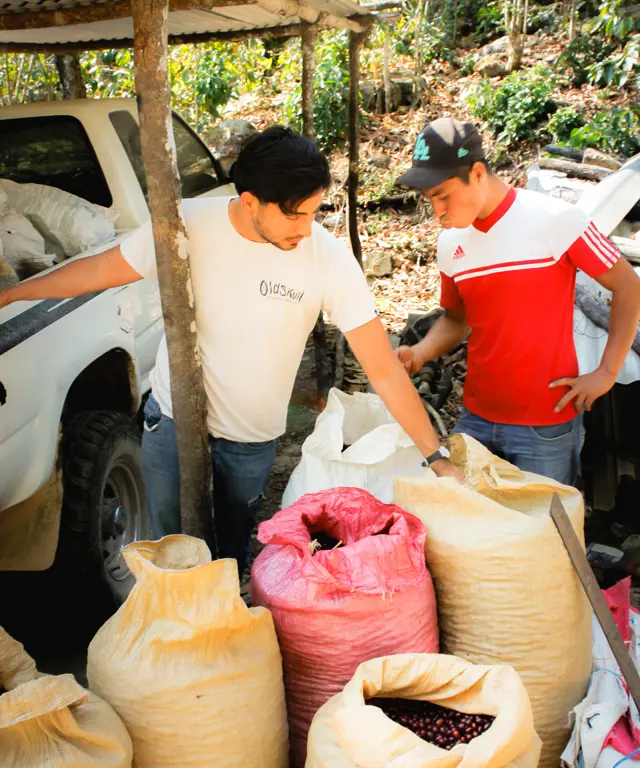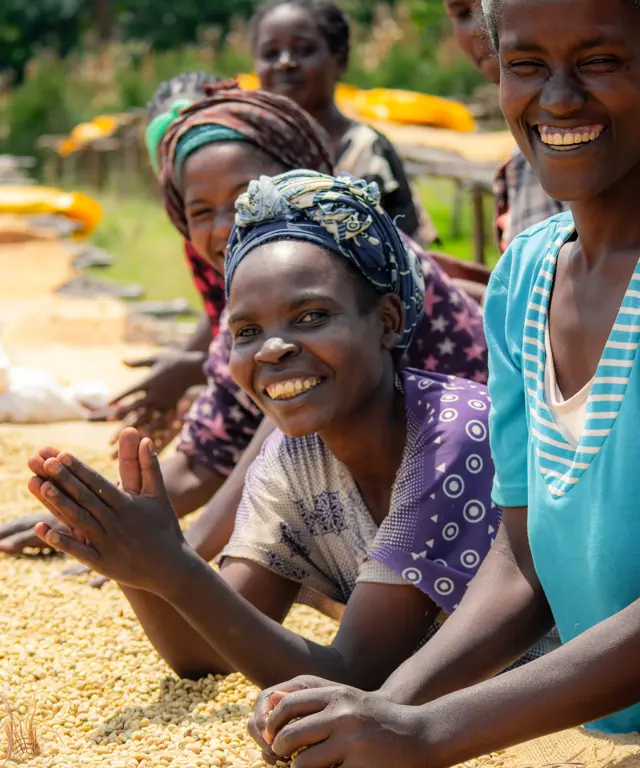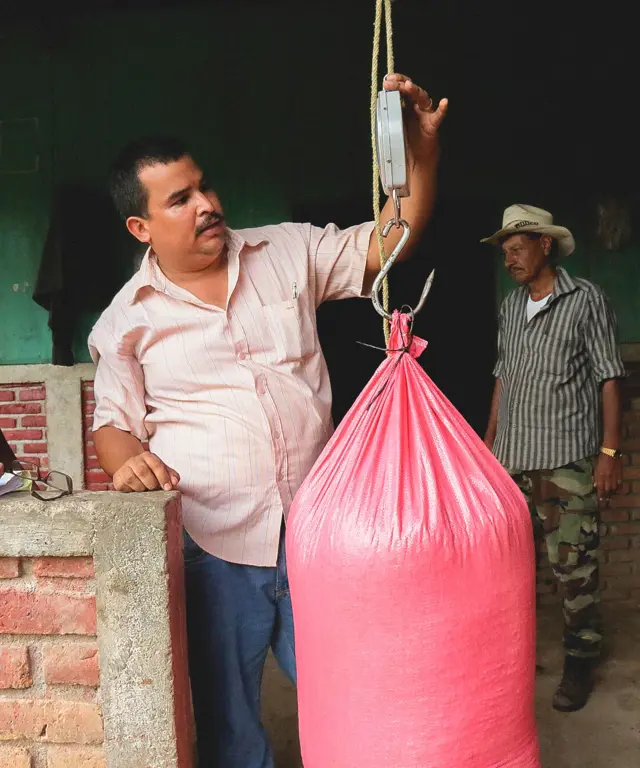Under the Canopy: Shade, Sun and Why Context Matters in Coffee
There is no single right way to grow coffee. The right approach depends on climate, variety, management and, crucially, the livelihoods of the people who run the farm. Labels like “shade-grown” can be helpful, yet they often hide more than they reveal.


The Origin
Coffee did not evolve in open fields. Arabica is native to the shaded highland forests of south-western Ethiopia and the Boma Plateau in South Sudan. Early cultivation involved tending and transplanting wild plants, often beneath taller trees that mirrored their natural habitat. Once coffee left the African highlands, it adapted to a wide range of environments, and in many producing regions, from Yemen to Brazil, it has been grown in full sun for centuries.
From the mid-20th century onwards, research and breeding programmes encouraged a further shift toward sun systems, particularly in Latin America, where higher-yield, disease-resistant, sun-tolerant varieties were introduced. This expanded the proportion of sun-grown coffee even in areas that once relied on more canopy cover. In this context, “shade-grown” has come to be promoted, especially to consumers, as the obvious better choice for environmental and quality outcomes. In practice, those outcomes vary widely depending on canopy density and diversity, local climate, and farm management.
Nicaragua excels at shade-grown coffee, but yields are not always as predictable, and harvesting can be more laborious.
Why Shade-Grown Coffee Isn’t Simple
When done well, shade supports birds and insects, protects the soil, moderates heat and moisture, and stores carbon in wood and soil. Research highlights significant variation: some shaded farms in Mexico host over 100 bird species, while others support only a handful. The critical factor is the density and diversity of the tree canopy, not just the presence of trees. A recent meta-analysis shows species diversity tends to increase with shade intensity, although results vary by species group and region. Shade trees and their roots also store carbon, with amounts depending on tree species and structure.
Shade can also slow cherry maturation and sometimes produce denser beans, but cup character depends on many factors. A few scattered trees won’t do the same as a dense, layered canopy, so labelling a coffee as "Shade-grown" alone doesn’t guarantee those benefits.
Some of the world’s great coffees grow with significant shade. Others, including some of the most awarded farms in Colombia and Panama, are cultivated in full sun and achieve exceptional quality through meticulous agronomy, variety selection, and processing.

Like much of Brazil’s coffee, our partners at Fazenda Progresso grow in irrigated, full-sun plots. Despite the high cost, the yield gains outweigh the expense. At Progresso, they actively work with soil health and fertility by creating their own microbial and nutrient inputs.
Balancing Coffee Farming Trade-Offs
Farmers face trade-offs. Heavy shade can cut yields or raise disease pressure in some climates – in others, the opposite might be true. Managing trees adds labour. Inputs for sun systems cost money but can stabilise production and income.
For a farmer in Indonesia, the choice might be between keeping shade trees that slow harvests or pruning them back for a potentially higher yield and using the extra income for school fees. Both paths may be the right choice depending on risk, cash flow, and local conditions. What makes sense on one hillside may not work five kilometres away. This is also why blanket prescriptions from buyers or consumers in wealthy countries can miss the mark. Preferences for a single production model can reflect a Western outlook more than local realities. If our goal is healthier landscapes and resilient farm businesses, we should listen first and judge systems by results in place, not by whether they match a simple ideal. Respecting farmer agency is part of responsible sourcing.
Respecting farmer agency is part of responsible sourcing.
Gayo Highlands, Aceh, Sumatra
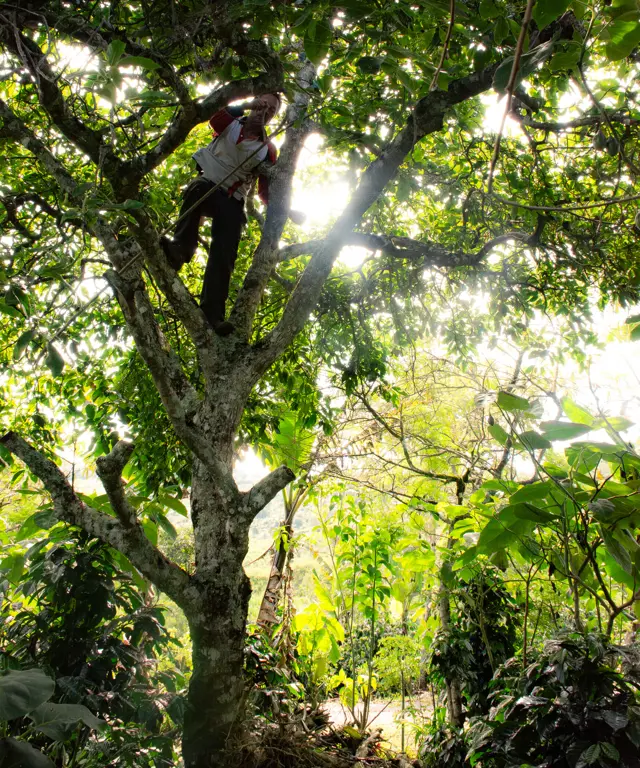
Avocado trees are frequently used in Indonesia for shade cover and as additional cash crops.

However, they require frequent pruning and management, which adds considerably to the workload.

Coffee Sourcing in Context
We try to work with this complexity rather than simplify it away. We buy coffee from various systems, from diverse shade farms to efficient sun farms. We look for good agronomy and, most importantly, clear evidence that the approach supports the people who run it. Where shade delivers ecological value and fits the farm economy, we support it. Where limited shade makes more sense given climate and household goals, we support that too.
Shade is often beneficial for biodiversity, binding more carbon and sometimes also for quality, but it is a tool, not an ideology or a label.
Smallholders in Sidama, Ethiopia, intercrop their coffee with bananas, plantains, and subsistence crops such as cassava, primarily for income and food rather than shade.
Stories from the field
(4)
